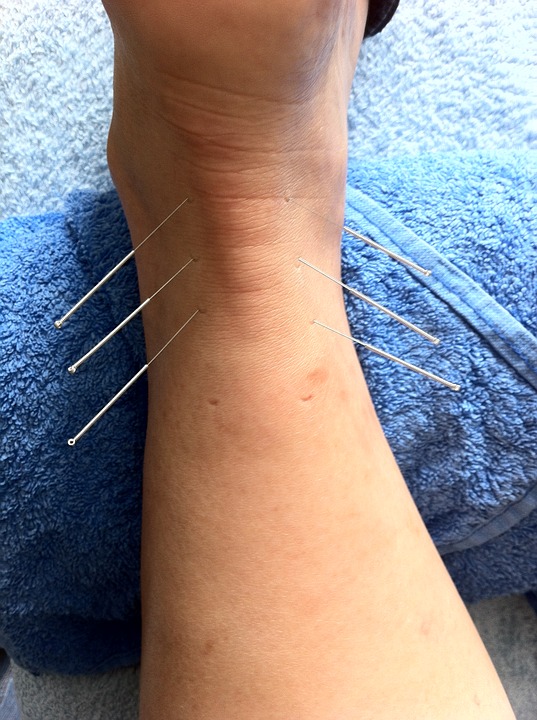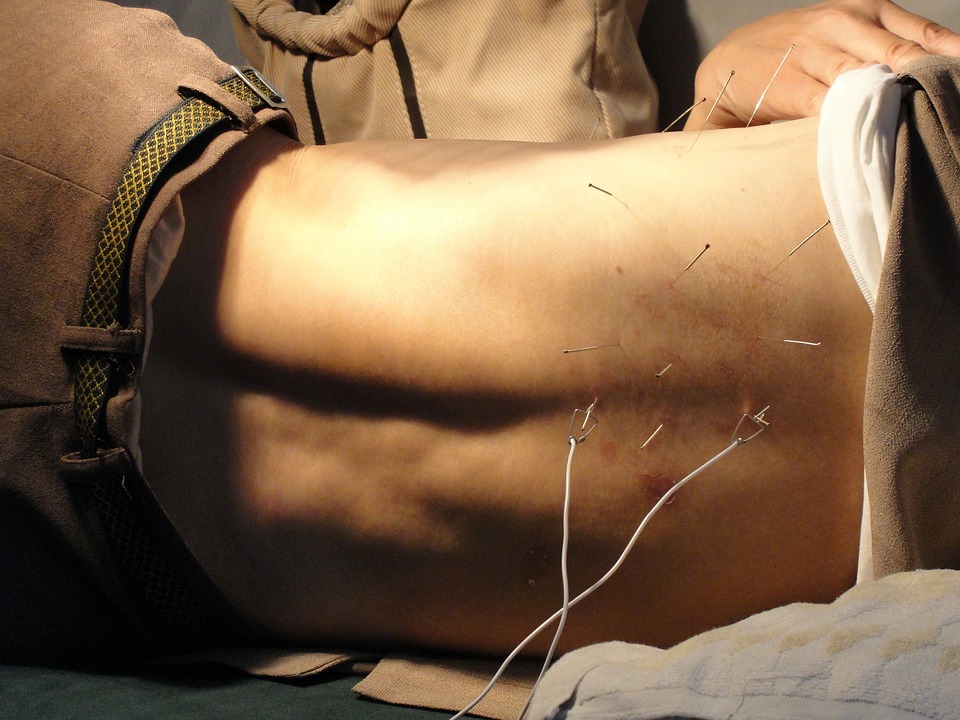Once the machine has analysed the heart rhythm it will indicate either shock required or no shock required. When a person has a heart attack or other cardiac event, depending on how much of the heart muscle is damaged, these electrical impulses can be disturbed and the rhythm can become very chaotic. Four different types of abnormal rhythms are important to understand when learning about AEDs.
VF is the most common rhythm seen in cardiac arrest casualties. Instead of beating in a strong regular fashion, the heart quivers much like a bowl of jelly. As a result the heart is not able to pump blood to the body and the casualty will not have a pulse. Ventricular fibrillation (VF), if not corrected, will result in death. This is a very fast heart rate (above 180 beats per minute) that also interferes with the pumping action of the heart. VT without a pulse is a life-threatening rhythm and like VF must be corrected as soon as possible for Super Glue for Veins.








